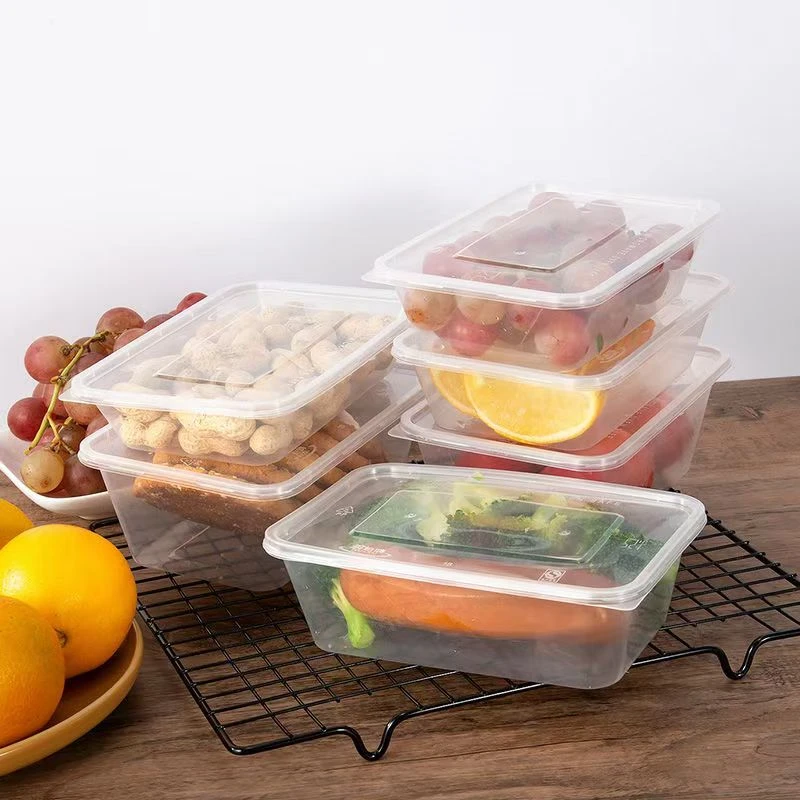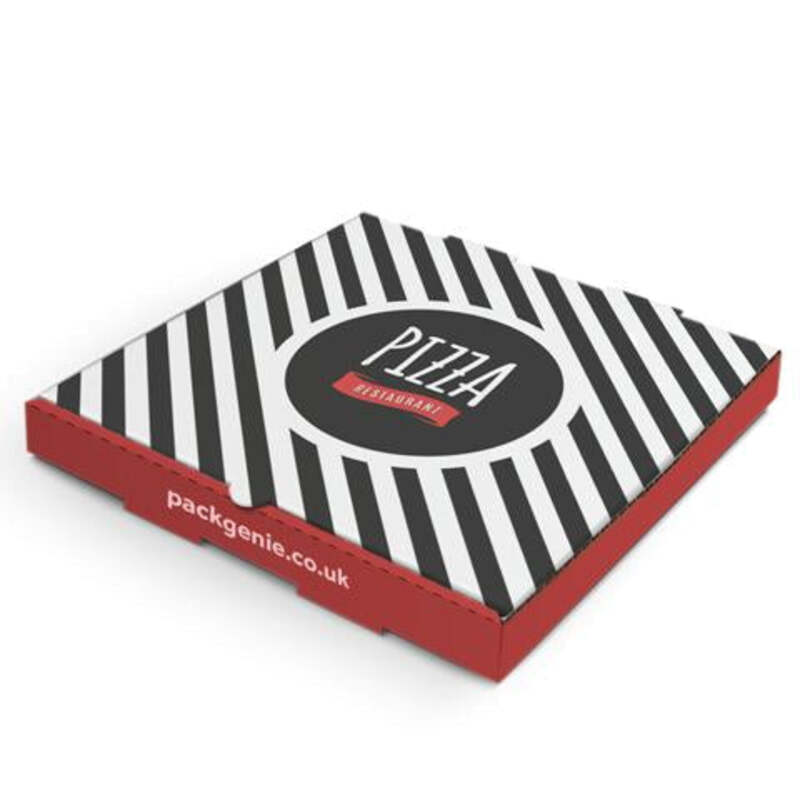1 月 . 26, 2025 07:36
Disposable food containers have become an indispensable part of modern life. Their use spans across restaurants, takeaways, households, offices, and even during travel, offering convenient solutions for packing and storing food. Yet, beyond convenience, there are pressing considerations concerning the environmental impact, safety standards, and material engineering of these containers that are crucial for any informed consumer or business to understand. This article aims to deliver insights into the world of disposable food containers, focusing on quality, safety, and eco-friendliness — attributes that are integral to building consumer trust and maintaining industry credibility.

At the forefront of disposable food container materials is plastic, due to its affordability and durability. However, not all plastics are created equal. High-density polyethylene (HDPE) and polypropylene (PP) are often touted for their superior qualities, such as being food-safe and resistant to high temperatures, an essential factor for both food safety and versatility. Moreover, certain plastics are BPA-free, addressing concerns over chemical exposure, which demonstrates manufacturers' commitment to health and safety standards.
Nonetheless, plastics' environmental impact has driven innovation towards more sustainable alternatives like biodegradable and compostable containers. Made from materials such as bagasse (sugarcane fiber), polylactic acid (PLA) derived from corn, and even mushroom-based packaging, these containers promise a reduced carbon footprint. They decompose more quickly than traditional plastics, offering an appealing option for environmentally conscious consumers and businesses seeking to align with sustainability goals.

Expertise in manufacturing disposable food containers also embraces the development of user-friendly designs. Features such as leak-proof seals, microwave-safe materials, and stackability are no longer mere conveniences but expected standards in high-quality products. Companies spearheading innovations often assimilate feedback from both consumers and food service industries to refine their designs, ensuring practicality without compromising environmental ethics.
Establishing trustworthiness is crucial in an era where consumers demand transparency regarding the origins and environmental impact of their products. Eco-labels and certifications provide tangible evidence of a product's environmental credentials. Certifications such as the Forest Stewardship Council (FSC) for paper products or the Biodegradable Products Institute (BPI) mark for compostable plastics become quality assurances for discerning consumers. Brands that openly share their manufacturing processes, sourcing of materials, and commitment to sustainability often garner a loyal customer base.
disposable food containers
Furthermore, the conversation around disposable food containers extends into the realm of health and safety regulations set forth by authoritative bodies like the U.S. Food and Drug Administration (FDA) and the European Food Safety Authority (EFSA). Compliance with these regulations ensures that containers are safe for food contact, free from harmful chemicals, and suitable for various food types. Businesses must stay updated on evolving standards as regulatory bodies continuously conduct research and update guidelines.
In terms of environmental strategies, the incorporation of a circular economy model in disposable food container production presents a viable solution. By prioritizing recycling initiatives and the use of renewable resources, companies are capable of closing the loop, transforming post-consumer waste back into raw materials for manufacturing new containers. This approach not only minimizes waste but also reduces the dependency on virgin resources, advocating for a more sustainable industrial ecosystem.
For the average consumer, the choice of disposable food containers encompasses more than just price and practicality. Engaging with brands that demonstrate authority and credibility through certifications, regulatory compliance, and eco-friendly endeavors can make a significant difference. By supporting such brands, consumers and businesses alike contribute to a movement that values quality, responsibility, and sustainability.
In conclusion, disposable food containers serve a critical function in modern society, addressing the dual demands of convenience and environmental responsibility. Understanding the nuances of materials, safety standards, and environmental impact allows consumers and businesses to make informed decisions. As the industry continues to evolve, driven by innovation and regulation, stakeholders must remain vigilant and adaptable, embracing solutions that prioritize both human health and environmental integrity. This comprehensive awareness will not only enhance customer satisfaction but also pave the way for a more sustainable future in the realm of food packaging.





